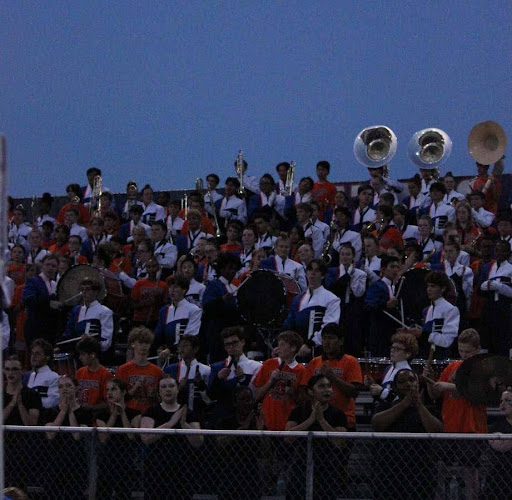WS administration, lengthen our lunch
Editorial

December 21, 2018
Whether we have A, B, C, or D, we agree on one fact: lunch is too short.
Our lunch periods are so brief they verge on unhealthy. While our schedules state that every lunch is half an hour long (except C Lunch, which is 25 minutes), in practice it isn’t true. On a random day, Oracle staffers estimated the time most students began eating and the time most students stopped. A Lunch lasted from 11:21 to 11:44, B Lunch lasted from 11:51 12:11, C Lunch lasted from 12:29 to 12:46, and D Lunch lasted from 12:55 to 1:17. That’s 23 minutes, 20 minutes, 17 minutes, and 23 minutes, respectively. Obviously, these numbers are unscientific; the length of your lunch may vary each day depending on how fast you walk, when your teacher releases you or expects you back, and whether you use the bathroom.
Nevertheless, this data highlights the fact that on a good day, you might catch 25 minutes of lunch at most. Why is this a problem? For one, a short lunch means that you can’t necessarily finish all of your food. In fact, in a poll of 30 students, 70% said that lunch wasn’t long enough to finish eating. No wonder the administration struggles to enforce the policy banning food in class; students aren’t snacking as a subtle form of rebellion or to make more work for the custodians. They’re just hungry.
The alternative, one may think, is that students should simply eat faster. However, eating too quickly is actually bad for you. A 2018 study published in the American Heart Association Journals found that those who ate quickly had an increased risk of metabolic syndrome (in turn, a major risk factor for cardiovascular disease) and obesity. It makes sense; if you eat quickly, your stomach doesn’t have time to process the fact that it’s full, leading you to eat too much.
There is another aspect to this, too. In school, we learn the study habits and social skills we need for the future. Surely, learning to have a healthy and mindful approach to food is equally important? We should be given the opportunity to savor and appreciate our food instead of shoveling it down, especially since deliberate eating habits can have psychological benefits. A 2014 study in a social and behavioral sciences journal found a link between mindful eating and greater mental well-being. In a building full of stressed teens, we should be doing everything we can to promote mental health.
In the same vein, the lunch period itself, as a time to socialize with friends, also extremely valuable. According to the article “Social Interaction is Critical for Mental and Physical Health” in the New York Times, friendships and social interaction has been associated with decreased rates of anxiety and depression and increased self-esteem (and, as an added bonus, a longer life).
Students aren’t the only ones who would benefit from a longer lunch. Teachers would benefit, too–for the same reasons as students, and because most of them are constantly planning and grading, from before the school day starts until after it ends. A longer lunch would give them time to catch their breath and regroup.
In short, though “a longer lunch” may sound as blindly idealistic as “no homework,” a longer lunch period would in fact be an extremely useful way to improve the mental and physical health of the entire school community.




